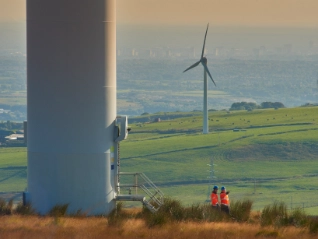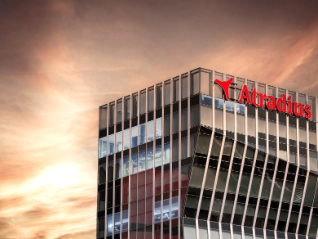Atradius Atrium
Get direct access to your policy information, credit limit application tools and insights.
 United Kingdom offices
United Kingdom offices













Load more
Viewing 7 out of 142







Load more
Viewing 7 out of 27







Load more
Viewing 7 out of 22







Load more
Viewing 7 out of 12














Load more
Viewing 7 out of 9
